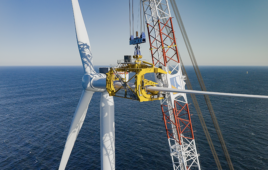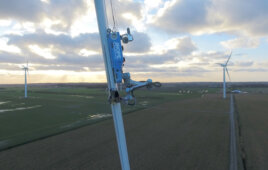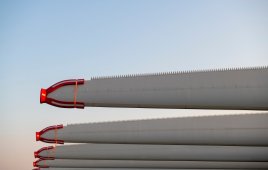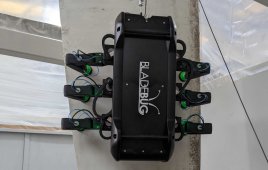Technavio Research analysts forecast the global wind turbine composite materials market to grow to $5,421.6 million by 2021, at a CAGR of more than 7% over the forecast period, according to their latest report. The research study on the global wind turbine composite materials market for 2017 to 2021 provides a detailed industry analysis based on resin type (thermoset resin and thermoplastic resin), fiber composite (glass fiber), and geography (APAC, the Americas, and EMEA).
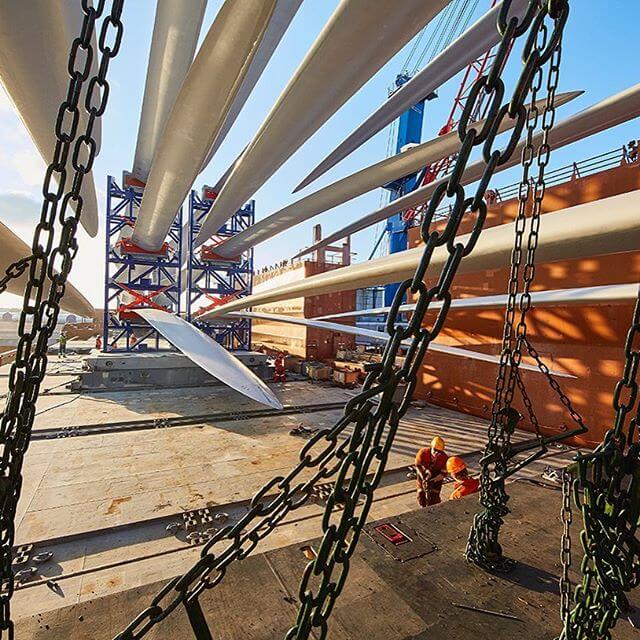
Thermoset prepregs are widely used for the manufacture of wind turbine blades as these exhibit superior performance characteristics such as high strength-to-weight ratio and durability.
APAC is a regional segment of the wind turbine composite materials market, responsible for generating the highest revenue and maximum incremental growth through the forecast period. The increasing focus on development, rising energy requirements, and rapid industrialization in the region are the key reasons behind its dominance.
Analysts at the firm highlight the following three factors that contribute to the growth of the global wind turbine composite materials market:
- Wind power capacity additions
- Cost-effective wind energy power generation
- Increasing demand for composite materials for varied blade sizes
“Wind energy is emerging as an affordable source of renewable energy for the generation of electricity. Developed nations in North America and Western Europe account for the highest investments in the total wind tower installations across the globe,” says Hitesh Bhatia, a lead company analyst that studies textile, fiber, and composites research.
It is a high-potential application area for carbon-fiber composites, with turbine blades being the fastest growing product in this segment. Thermoset prepregs are widely used for the manufacture of wind turbine blades as these exhibit superior performance characteristics such as high strength-to-weight ratio and durability.
Renewable power generation such as wind energy aids in the sustainable development, reduces the greenhouse effect, and paves the way for an affordable, long-term solution to the energy supplies. Wind installations in the gigawatt scale are being installed every year, which is leading to the improvement of wind turbine design and their subsequent reduction in cost. Wind energy is a highly potential application area for advanced composites, with turbine blades being the fastest-growing product application in the wind energy segment.
“In the wind energy sector, lightweight materials are increasingly being demanded to make the long rotating blades of a wind turbine blade. The wind turbine design makes it necessary for the material of the blades to be able to bear high stress to tackle high wind speeds and the size of the blades,” says Hitesh.
Between 1990 and 2007, there was a 50-fold increase in the world’s total wind electricity capacity and is expected to further increase in the coming years. For achieving ambitious expansion targets, there is a need for composite materials to develop stronger and lighter materials that will enable the manufacturing of blades for larger rotors. Technavio adds that sample reports are free of charge and contain multiple sections of the report including the market size and forecast, drivers, challenges, trends, and more.
Filed Under: Blades

